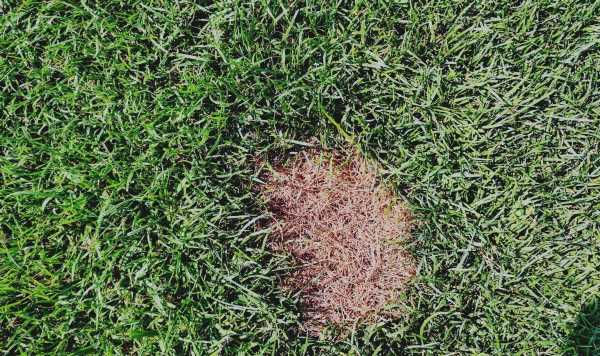Homebase offers advice for preparing your lawn in March
We use your sign-up to provide content in ways you’ve consented to and to improve our understanding of you. This may include adverts from us and 3rd parties based on our understanding. You can unsubscribe at any time. More info
Whether britons are a seasoned pro or green-fingered novice, prepping a garden for spring is a pretty joyous moment and experience. Between March and April is the perfect time to begin spring gardening and to slowly awaken outdoor spaces from their winter slumber. From sprucing up the lawn and pruning plants, to fertilising shrubs and cleaning greenhouses, gardening expert Tom Brown has shared what needs to be done in the garden to prepare for spring “in one weekend”.
Improve lawns
When it comes to improving the lawn, Tom advised that getting it tidied up is the “first thing” on the list. He claimed that the first cut of the lawn after winter needs to be on a high setting, this way the mower will do all the hard work, such as collecting and shredding any dead leaves.
Tom added that if gardeners are short on time, they should make cutting the grass a “priority” as this will guarantee that their garden will look “infinitely better”.
The expert also told The Telegraph, that once mowing is carried out any bald patches in the lawn need to be dealt with.
To do this, Tom instructed gardeners to begin by raking the bare areas to remove any thatch (dead grass and moss) which will expose disturbed soil.

He said: “In a bucket, mix one handful of grass seed with three handfuls of sand or compost and add it to the bare patch. Don’t go mad, just enough to lightly cover the bare ground.”
Prune roses
March is a great time to be pruning plants, certainly when it comes to roses. Tom noted that traditional hybrid teas and floribundas can be “cut back hard”, but shrub roses should be “reduced by a third” to keep them compact and flowering well.
Fertilise shrubs
Getting the most out of shrubs requires a little knowledge about the correct dosage of fertiliser, and also the right times to apply it.
However, the expert recommended tackling this task now. He suggested using a handful of Growmore fertiliser or fish, blood and bone around the base of shrubs and young trees to “give them a boost”, particularly after pruning.
Don’t miss…
I used effective 29p kitchen staple to fix my stiff towels in one wash [COMMENT]
‘Most effective’ natural home remedy to ‘eliminate’ bed bugs [EXPERT]
‘Fail-safe’ solution to remove ‘stubborn’ candle wax from your carpet [TIPS]
For those wanting to go the extra mile they can follow up from the fertiliser with a “5cm layer of mulch”. For mulch, gardeners can use dead plant material such as compost, leaves, bark or grass clippings.
Prune shrubs
Tom claimed that now is a “great time” to prune shrubs, as well as roses. Removing a few old stems at the base every year can help to encourage new growth.
As a general rule of thumb, if a shrub flowers before the end of June gardeners should wait until it finishes flowering before giving them a trim.
For shrubs that flower after the end of June, reduce it back to a strong bud into a desired shape and size. While gardeners might lose some flowers for a year or two, they’ll end up with better results.

Sow annuals
The gardening pro suggested gardeners sow nigella, calendula and cerinthe as they are hardy and “easy to grow”. Tom noted that they can be sown in pots or in the ground to give off some easy cut flowers this summer.
Clean the greenhouse
For those who have a greenhouse, this place tends to be where things are put and forgotten about, so it is worth having a tidy up before spring arrives.
Tom instructed: “Give the panes a clean inside and out as a clean greenhouse is often a healthy and productive one.”
Divide perennials
This month, gardeners can still divide later flowering perennials like sedums, rudbeckia and echinacea. If you have a large plant, that is floppy or bare in the centre, it is time to refresh it.

To do this, use a spade or two forks to divide the clump into fist-size pieces. The expert claimed: “Repeating plants makes small gardens seem bigger and large ones more naturalistic.”
Plant potatoes
Planting time varies, depending on the type of potato gardeners are growing, but first earlies can be planted around late March.
Prepare the ground, ideally the previous autumn or winter, by digging in plenty of organic matter such as garden compost, or well-rotted manure.
The traditional planting method is to dig a narrow trench 12cm deep. Space the tubers 30cm apart and in rows 60cm apart. Apply a general-purpose fertiliser at this stage.
Source: Read Full Article
